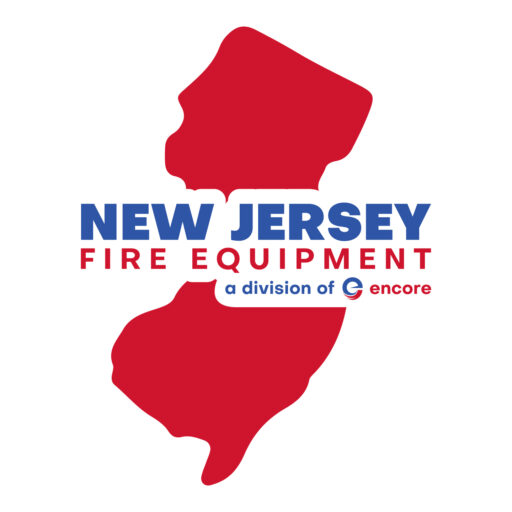
NJ Exit and Emergency Light Services
OSHA’s requirements for lighting and marking exit routes are covered under 1910.37(b).
This OSHA equipment states that exit routes must be adequately lighted so that an employee with normal vision can see along the exit route and each exit must be clearly visible and marked by a sign reading “Exit.”
Additional requirements include the following:
- Each exit route door must be free of decorations or signs that obscure the visibility of the exit route door.
- If the direction of travel to the exit or exit discharge is not immediately apparent, signs must be posted along the exit access indicating the direction of travel to the nearest exit and exit discharge. Additionally, the line-of-sight to an exit sign must clearly be visible at all times.
- Each doorway or passage along an exit access that could be mistaken for an exit must be marked “Not an Exit” or similar designation, or be identified by a sign indicating its actual use (e.g., closet).
- Each exit sign must be illuminated to a surface value of at least five foot-candles (54 lux) by a reliable light source and be distinctive in color. Self-luminous or electroluminescent signs that have a minimum luminance surface value of at least .06-foot-lamberts are permitted.
- Each exit sign must have the word “Exit” in plainly legible letters not less than six inches (15.2 centimeters (cm)) high, with the principal strokes of the letters in the word “Exit” not less than 3/4- inch (1.9 cm) wide.
OSHA makes reference to its acceptance of the NFPA’s emergency exit requirements under 1910.35, where it notes that employers who are following the exit-route provisions of NFPA 101, Life Safety Code, meet OSHA’s requirements.
OSHA also acknowledges that those following the International Code Council’s, International Fire Code, satisfy OSHA’s compliance requirements. The latest editions of both the Life Safety Code and International Fire Code were published in 2015.

